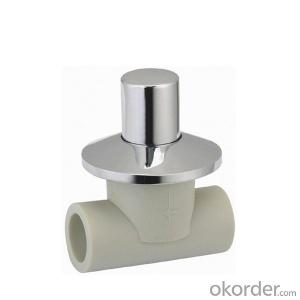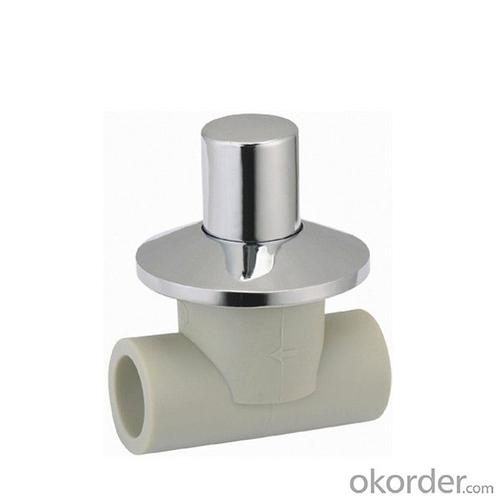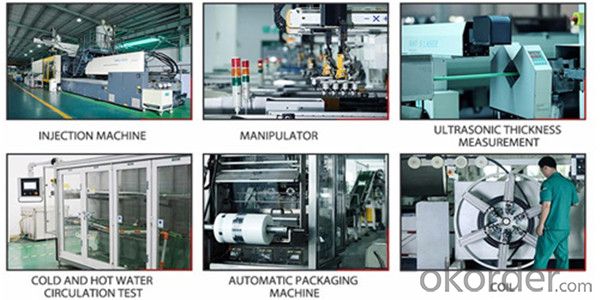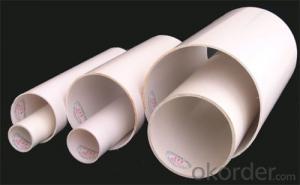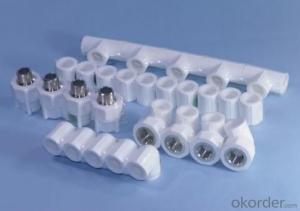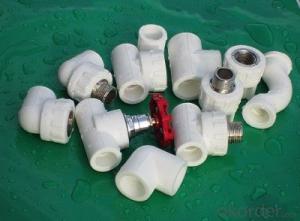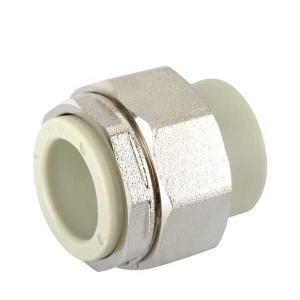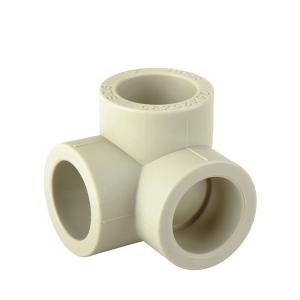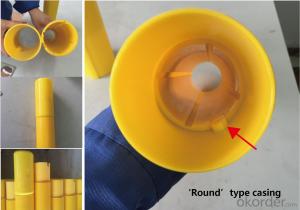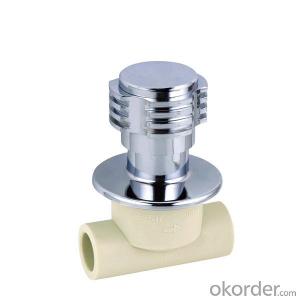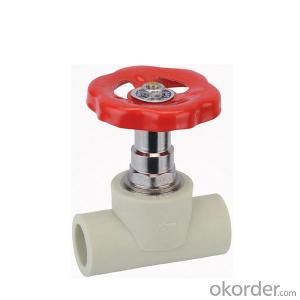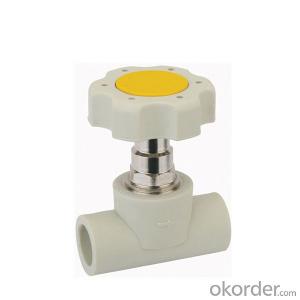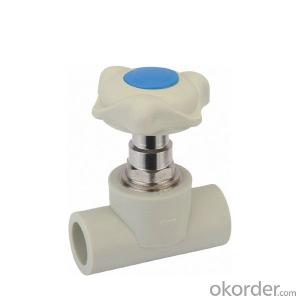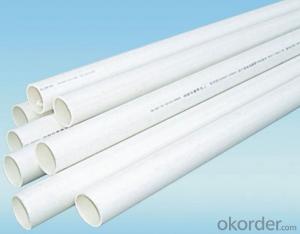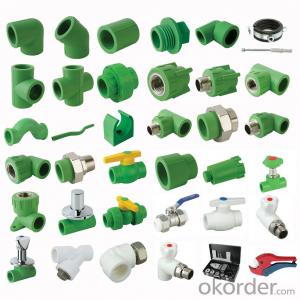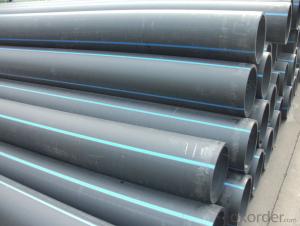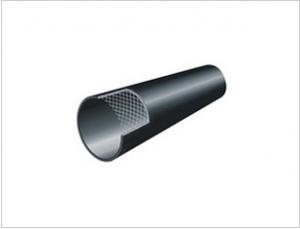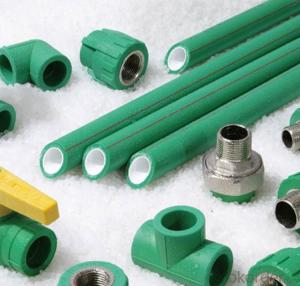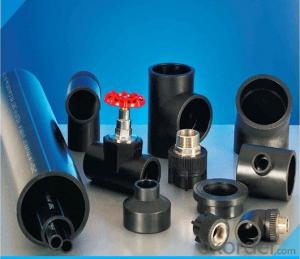28mm Plastic Pipe Fittings - PP-R Concealed Stop Valve with SPT Brand
- Loading Port:
- Ningbo
- Payment Terms:
- TT OR LC
- Min Order Qty:
- 1000 pc
- Supply Capability:
- 100000 pc/month
OKorder Service Pledge
OKorder Financial Service
You Might Also Like
Specification
Picture:


Product Applications:
Distribution for cool and hot water
Duct for drinkable water system
Pipes for kinds of high-temperature and low-temperature heating system
Pipes for heating and coolling settings in solar energy system
Connecting pipe for air conditioners
Product Advantages:
1) Healthy, bacteriological neutral, conforming to drinking water standards
2) Resistant to high temperatures, good impact strength
3) Convenient and reliable installation, low construction expenses
4) Excellent heat-insulation property from minimum thermal conductivity
5) Lightweight, convenient to transport and handle, good for labor-saving.
6) Smooth inner walls reduce pressure loss and increase flow speed
7) Sound insulation (reduced by 40% compared to galvanized steel pipes)
8) Light colors and excellent design ensure suitability for both exposed and hidden installation
9) Recyclable, environment-friendly, accords with GBM standards
FAQ:
Q1:How Can I Get A Sample?
A1:You can get samples by communicate with our export sales.
Q2:How Long Is Delivery?
A2:Delivery time will be30-45days according to order quantity.
Q3:What Is The MOQ?
A3:MOQ depends on different items.
Q4:What Is Our Normal Payments Terms?
A4:Our normal payment terms now is: T/T, L/C or western union,paypal
- Q: What tools and methods are needed for the installation of plastic hoses and steel tubes?
- (1) quantity. When the storey height is less than 4 m, the riser shall be provided with a telescopic joint on each floor; when the storey height is greater than 4 m, the design shall be determined according to the design expansion amount, and the maximum allowable amount of expansion shall not be greater than the expansion joint(2) site. The construction units often think that as long as the drainage pipe is provided with a telescopic section can satisfy the requirement, even as the expansion joint connecting pipe joints, Water Leakage caused by seepage, the correct approach is socket expansion joint should be set along the direction of flow, when the drainage pipes in the floor below access riser expansion joints should be set under water confluence pipe; when the drainage pipes in the floor above the access riser section should be arranged on the telescopic water confluence pipe; drainage pipes in the floor and upper and lower access, should be located in the middle section of the telescopic floor. At the same time, when the riser passes through the floor as a fixed support, the expansion joint can not be fixed, and when the contraction section is a fixed support, the riser can not be fixed through the floor. A telescopic joint arranged on the transverse pipe shall be arranged at the end of the water current converging pipe fitting.
- Q: How do you connect plastic pipe fittings to galvanized iron pipes?
- To connect plastic pipe fittings to galvanized iron pipes, you can use a transition fitting called a dielectric union. This fitting has a plastic side that connects to the plastic pipe fitting and a galvanized iron side that connects to the galvanized iron pipe. The dielectric union helps prevent corrosion between the two types of materials and provides a secure connection.
- Q: Can plastic pipe fittings be used for chemical reactors and tanks?
- No, plastic pipe fittings are not suitable for chemical reactors and tanks as they may not be able to withstand the corrosive nature of chemicals and may not provide the required strength and stability for such applications.
- Q: How do you remove plastic pipe fittings?
- To remove plastic pipe fittings, you typically need to follow these steps: 1. Turn off the water supply: Locate the shutoff valve for the water supply connected to the pipe and turn it off to prevent any leaks or water flow during the process. 2. Release pressure: Open a faucet connected to the pipe to release any remaining pressure in the system. 3. Cut the pipe: Use a pipe cutter or a hacksaw to cut the pipe a few inches away from the fitting. Ensure a clean and straight cut. 4. Unscrew or release the fitting: Depending on the type of fitting, you may need to unscrew it using a wrench or use a specific tool to release it. Follow the manufacturer's instructions or consult a professional if unsure. 5. Clean and prepare: Remove any burrs or debris from the cut end of the pipe and clean the fitting to ensure a proper connection when installing a new one. Remember, if you are unsure or uncomfortable with the process, it is advisable to seek assistance from a professional plumber.
- Q: Can plastic pipe fittings be used for plumbing applications?
- Yes, plastic pipe fittings can be used for plumbing applications. They are commonly used in residential and commercial plumbing systems as they are durable, lightweight, and resistant to corrosion. Plastic fittings are also easy to install and require less maintenance compared to traditional metal fittings. However, it is important to ensure that the fittings are made of high-quality materials and meet the required standards for plumbing applications.
- Q: Can the PPR pipe be injected with the same pipe as the PVC pipe?
- Used machines look at machine precision. The main view is whether the template is even, and whether the track is worn badly. Second, look at the circuit is chaotic, chaotic, indicating that many times the maintenance, the oil circuit is leaking, leakage, that is already very old.
- Q: How do plastic pipe fittings compare to polypropylene fittings?
- Plastic pipe fittings and polypropylene fittings are actually the same thing. Polypropylene is a type of plastic that is commonly used for pipe fittings due to its durability, chemical resistance, and affordability. So, there is no significant difference between plastic pipe fittings and polypropylene fittings.
- Q: How do plastic pipe fittings compare to HDPE fittings?
- Plastic pipe fittings and HDPE fittings have similar characteristics, but HDPE fittings offer several advantages over traditional plastic fittings. HDPE fittings are known for their superior strength, durability, and resistance to corrosion and chemicals. They are also more flexible, making them easier to install and modify. Additionally, HDPE fittings are often more cost-effective in the long run as they have a longer lifespan and require less maintenance.
- Q: Do plastic pipe fittings meet building code requirements?
- Yes, plastic pipe fittings can meet building code requirements. However, it is important to check with local building codes and regulations as they may vary depending on the specific location and type of construction project.
- Q: Are plastic pipe fittings resistant to thermal expansion?
- Yes, plastic pipe fittings are generally resistant to thermal expansion. They have the ability to expand and contract with temperature changes without causing damage to the fittings or compromising their integrity.
Send your message to us
28mm Plastic Pipe Fittings - PP-R Concealed Stop Valve with SPT Brand
- Loading Port:
- Ningbo
- Payment Terms:
- TT OR LC
- Min Order Qty:
- 1000 pc
- Supply Capability:
- 100000 pc/month
OKorder Service Pledge
OKorder Financial Service
Similar products
Hot products
Hot Searches
Related keywords
